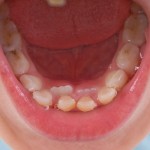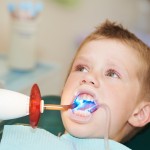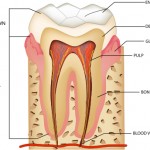
This review of coronal pulpotomy in permanent teeth demonstrated good survival at 2 years 92% (95%CI; 84 -100). However as the majority of studies were observational they should be viewed cautiously until further high quality RCTs are available.
[read the full story...]



